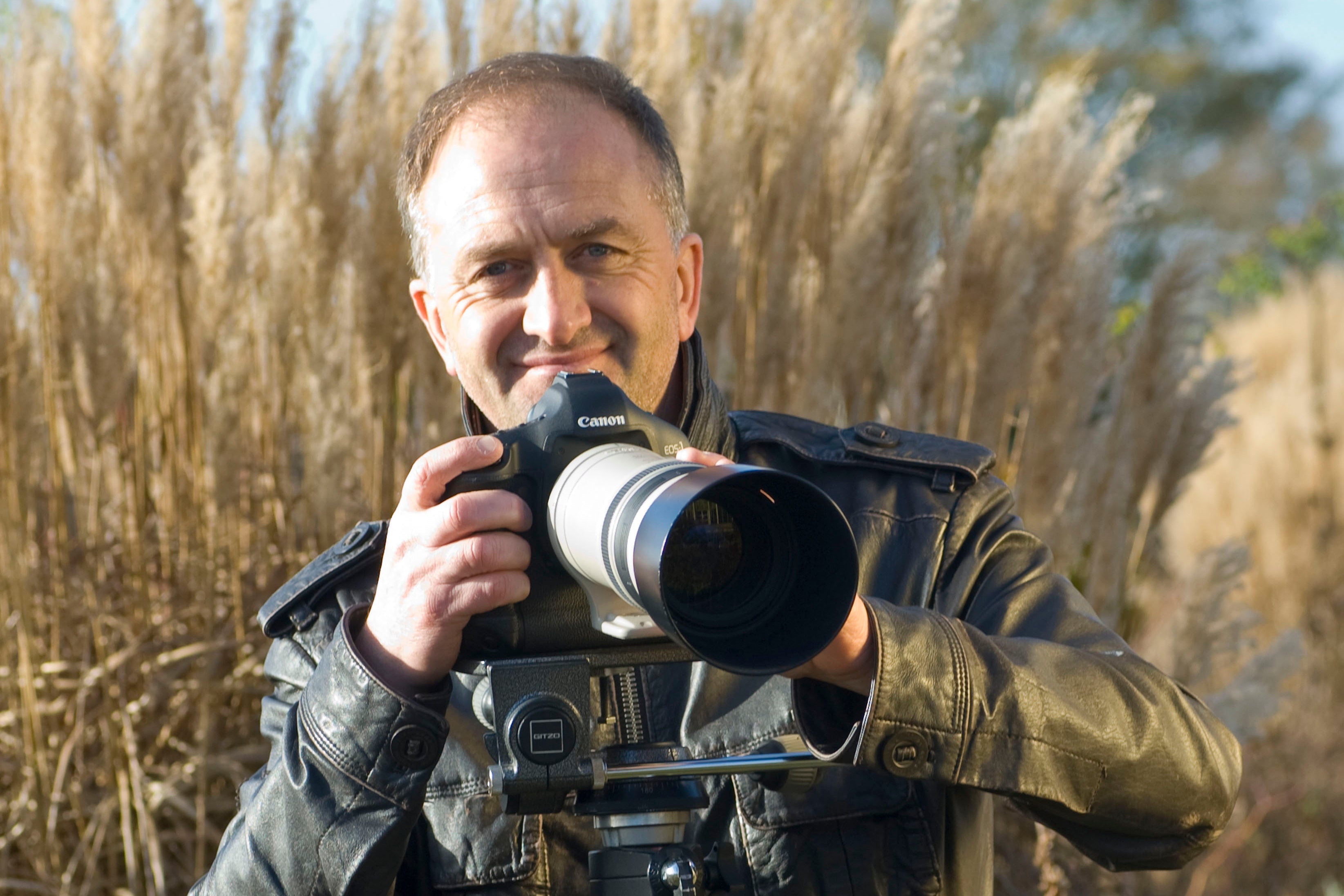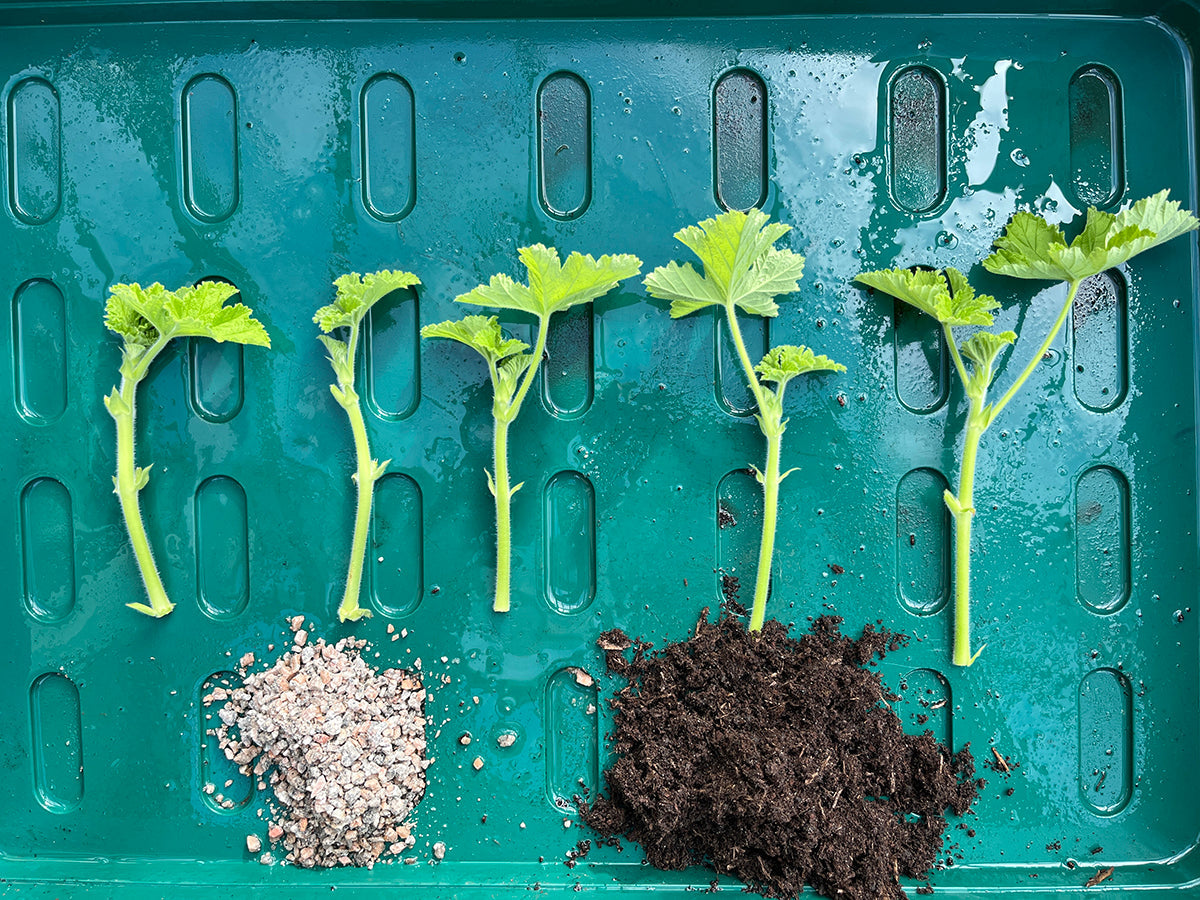Q&A with Clive Nichols, garden photographer

Q&A with Clive Nichols, garden photographer
Tell us about your route into garden photography?
After studying human geography at Reading University I got a job as a head chef of an Italian restaurant. I quickly realised it wasn’t for me and started doing some travel photography before moving into garden photography. I remember flicking through some garden magazines in the 1980s and thinking the photography was not great and that I could surely take better images of plants and gardens. I’ve always enjoyed nature - my dad taught us a lot about the wonders of the natural world - and photographing gardens came naturally to me.
What is the key to garden photography?
As well as composition, the weather and light is key and timing is everything. Too much sun during the day can be a problem because the high contrast means you end up with washed out highlights and deep, inky black shadows lacking detail. A soft covering of cloud can work for plant portrait allowing the fine colours and details of a plant to be revealed. But for gardens, the light early in the morning or late in the evening gives plants a wonderful hazy beauty, especially if they’re backlit. It’s hard getting out of bed at dawn but a privilege to be in some of the most beautiful gardens in the world on my own.
What are your career highlights?
Writing my first book Photographing Plants and Gardens, which was in association with the Royal Horticultural Society. It quickly became the standard text on how to photograph gardens in the pre-digital era. Another highlight was shooting King Charles III’s garden Birkhall, in Scotland – and spending a couple of days with Alan Titchmarsh, who interviewed Charles for the article which appeared in Country Life.
What are some of the favourite gardens you’ve shot and how do you go about it?
Many of my favourite English gardens are featured in my latest coffee table book Brilliant English Gardens. The book features some well-known gardens like Pettifers in Oxfordshire, Hauser & Wirth in Somerset, Arundel Castle in Sussex and Forde Abbey in Dorset, but also some lesser-known gems such as York Gate in Yorkshire, Silver Street farm in Devon and Morton Hall in Worcestershire. Sadly, I had to leave out some amazing gardens. Rousham in Oxfordshire was one. Although it has very few flowers, the whole garden is like a stage set and is very atmospheric and moody. Recently I discovered Iford Manor in Wiltshire, an absolute gem of a garden on a steep slope with the most amazing wisteria I have ever seen. I have just returned from Corfu where there were some of the best wildflowers I have ever seen.
How has digital photography changed the industry?
It’s changed photography in a good way as the quality of photos are way better now than could ever be achieved with transparency film. You still need the technical know-how of shutter speeds and apertures etc and you need to put the camera on a solid tripod to get the best images of gardens at dawn and dusk, but in my opinion iPhone digital photography has massively improved people’s ability to take a good photo and their ability to see a good photo without having to think too much about technique.
What is your favourite time of the year to photograph gardens?
I love it all year round. Winter gardens can be just as stunning as any summer or spring garden, particularly with a dusting of hoar frost or a fresh coating of snow. In winter it is the bones of a garden – the hedges, walls, sculpture etc - which really show up. I love spring with all its freshness and promise and being in a garden first thing in the morning in summer is an experience I wouldn’t want to miss out on. In autumn my focus tends to turn to misty mornings and woodland gardens with their fiery autumn colours
What creates a magical feeling in a garden?
A garden that has good structure and hardscaping will always photograph well, even if the planting is mediocre. Hard landscaping is the bones of a garden and the planting is like the icing on the cake. And then it is the way the light falls on a garden which adds that magical touch. When it comes to planting, gardens that work usually have large drifts or repetition of the same plant – this creates a harmonious feel to a garden. What doesn’t usually work is what I call a sweet shop mixture of colours all together
What are the skills needed to make a good garden photographer?
You need to understand how to compose a good image. Shooting along paths and along the length of a border are good approaches as they will increase the three-dimensional look of a photo. You also need to understand natural light and its effect on a composition. As a general rule I like to shoot towards the sunlight because that way plants are backlit and seem to glow. The best way to improve your photography is to study great garden and flower photos and learn how they were taken.











